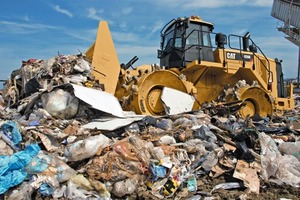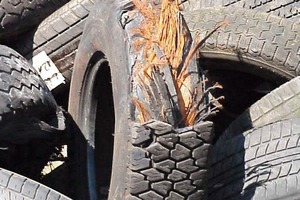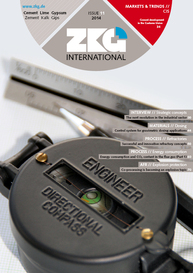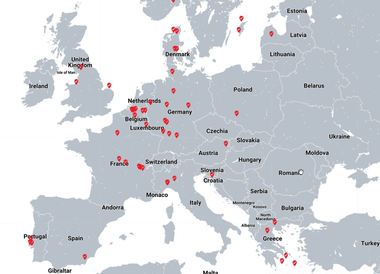CEMBUREAU & ETRMA call for support of combined waste treatment options
In Europe, alternative fuels account for 34% of the cement industry fuel mix. In addition, the industry recycles 8 million tons of waste material.
Policy requirements
CEMBUREAU, the European cement association, and ETRMA, the European Tyre & Rubber Manufacturers association, are calling upon the EU to review Annex II (Recovery operations) of the Waste Framework Directive (WFD) (2008/98/EC) by implementing improvements in scientific and technical progress in this area in order to support waste treatment options which combine both energy recovery and material recycling. Such an amendment would encourage waste treatment operations which combine both recovery and recycling. The combination of the two operations in one single process results in a desirable waste recovery practice which delivers the best overall environmental outcome. Therefore, the updating of Annex II could significantly help to formalize the advantages of such an approach that will deliver benefits for Members States from the additional quantities of wastes that could be accommodated in Europe’s existing cement plants. In addition, it will support Member States in achieving their recycling targets.
Current challenges
As highlighted by the European Environment Agency, waste is an economic, environmental and societal issue. Increasing consumption patterns continue to generate large amounts of waste, with the European Commission estimating that in the EU alone 3 billion tons of waste are thrown away every year. New solutions need to be found and existing resource efficient routes should be maximized. The cement industry has the capacity to increase its use of waste derived fuels and further assist Member States to avoid landfill and make better use of resources (Fig. 1). Unadjusted, the Waste Framework Directive will not maximize the recovery and recycling of waste.
Our solution
The cement industry has a proven track record in the simultaneous recovery and recycling of waste materials in an operation called ‘co-processing’. For over 30 years cement plants in Europe have been co-processing waste in kilns where the industry has adapted its processing and technologies to offer the best environmental and economic solutions whilst maintaining a high quality product. The co-processing solution provided by our sector is somewhat unique in that both material recycling and energy recovery take place at the same time. The mineral content of waste serves as a raw material for the production of clinker (recycling), while the energy content provides part of the energy needed for clinker production (energy recovery). As a result, close to 100 % of the material input is recovered/ recycled in the production process without the production of additional waste from the process. To maximize the recovery and recycling potential of co-processing Annex II of the WFD should be adjusted so that useful materialis not diverted to operations with fewer environmental performance and resourceefficient benefits.
A case in point: the co-processing
of End-of-Life Tyres (ELT)
The clinker production process in the cement industry offers the possibility of a simultaneous energy recovery and material recycling of the individual components of the tyre. The high calorific value of rubber is used to substitute primary fuels and the mineral fraction of the tyre (mainly iron and some mineral fillers) substitute the raw materials. Moreover, if the raw meal does not contain enough iron, the use of tyres helps directly to meet the desired product requirements (Fig. 2). Tyres also contain a significant amount of biogenic carbon leading to a direct reduction of fossil fuel related CO2. In Europe, about 1.1 million tons of ELTs are sent annually to cement kilns for co-processing.
//www.cembureau.eu" target="_blank" >www.cembureau.eu:www.cembureau.eu
//www.etrma.org" target="_blank" >www.etrma.org:www.etrma.org




